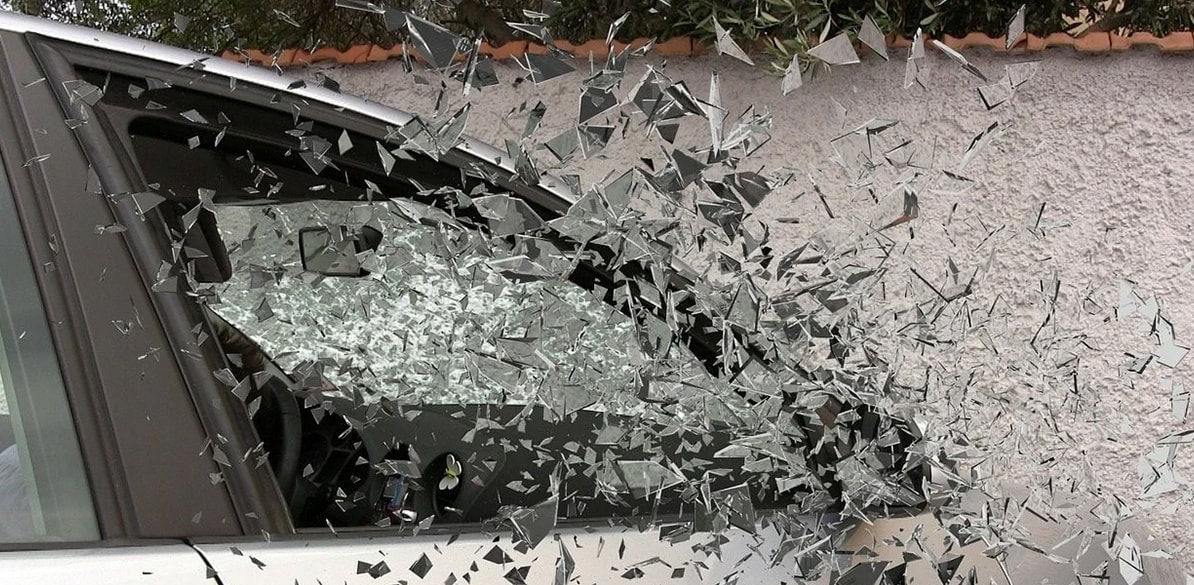What happens if I do not use a child seat?

But do all drivers and parents understand why the use of child seats has been made compulsory? Although some may be surprised, there are still people today who consider the child car seat issue to be a commercial and punitive strategy, to force people to spend money buying child car seats and to impose fines if you do not carry a child seat in the car. And there are still children who travel in the car without a child seat, or without being restrained in a child seat.
These people also often resort to a cliché: “When we were kids, there were no seat belts or child seats, and here we are.” As if that were a sufficient argument to justify the lack of need for child restraint systems.
It is very easy to argue against such a cliché: this was indeed the case when we were children, just as the roads and cars back then were less safe than they are today, and there is also the paradox that even though there were fewer vehicles on the roads then, the number of people killed in road accidents was higher.
Yes, for those who don’t remember, years ago many more people died in road accidents than now, and hopefully, fewer and fewer people will continue to lose their lives as a result of using a car.
If roads and cars have progressed, so has the way children travel in cars
Technology and safety have advanced, and you can now travel by car more safely than you did several decades ago. Child restraint systems are part of this progress in terms of road safety, active safety and passive safety.
Every occupant of a vehicle has to be restrained, as the vehicle is in motion and when its situation and speed change abruptly the occupants also move abruptly inside the vehicle. It is a matter of physics, which always imposes its laws.
If the movement is smooth, the occupants will move smoothly, but if the movement is abrupt and sudden, the occupants will also move in the same way, which means that they may hit elements of the vehicle’s interior or even be thrown out.
It is not a myth or a legend. The countless crash tests that have been carried out on cars to understand how to make safer vehicles that better protect their occupants have fully demonstrated this.
In the event of braking or an accident, the deceleration and thus the force experienced by the occupants is very high. And if they endanger the integrity and even the lives of adults, they endanger even more so those of children, whose body, musculature and skeleton are not fully developed, making them more weak and vulnerable.
If children are not secured in any way, the blow in the event of an accident can be fatal, and it almost certainly will be. If, even worse, the child is thrown out of the vehicle, the consequences will be even more serious.
The first fundamental purpose of child restraint systems, as the name suggests, is to secure the child in the seat to prevent the child from being thrown out of the seat and suffering a violent blow. Without this, the child will hit his or her head violently and may suffer very serious brain damage.
The second purpose of child seats, especially if they are better designed, is to protect the child by absorbing the energy of a sudden deceleration. The pressure of the belt on the chest is better distributed, e.g. with multi-point harnesses, to avoid injury to internal organs and bleeding. The movement of the head is reduced to avoid serious injury to the vertebrae in the neck, which can lead to paraplegia or even death.
To give you an idea of the violence involved in heavy braking or an accident, and to show you how child restraints work, please take just two minutes to watch this video of crash tests carried out by car and child restraint manufacturers. And please remember that adults are responsible for the safety and well-being of children.
